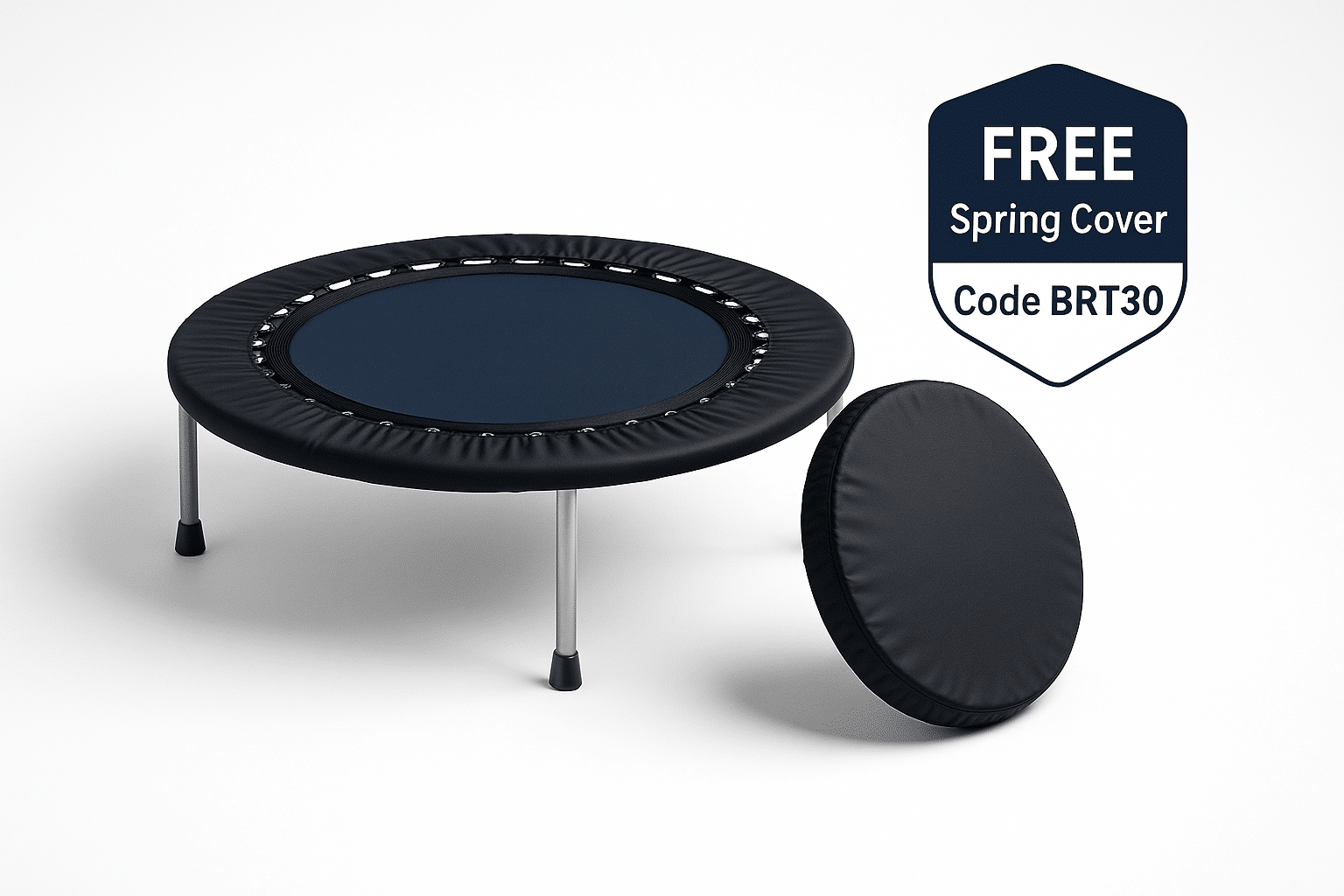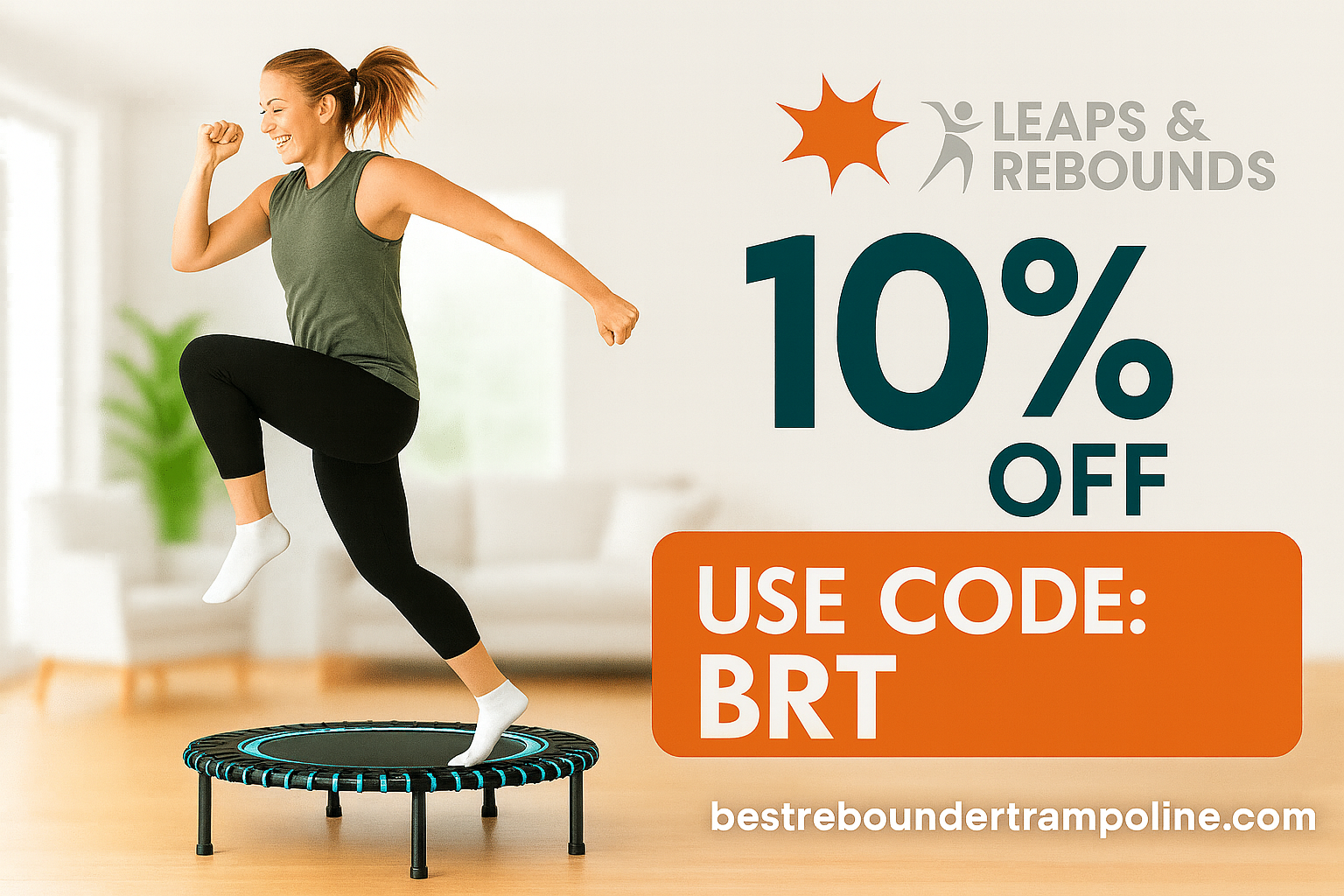What Are Home Trampolines and How Do They Work?
Home trampolines, often referred to as backyard trampolines or rebounder trampolines, are specially designed jumping devices that provide a safe and enjoyable way for families to engage in physical activity right in their own yards. These trampolines consist of a flexible taut surface made of durable fabric, stretched over a sturdy frame, which allows users to bounce and perform various gymnastics and fitness routines.
How Do Home Trampolines Function?
The functionality of home trampolines is based on the principles of energy and elasticity. When a user jumps on the trampoline mat, their weight compresses the springs, storing potential energy. As the user descends, this potential energy is released, propelling them upwards in a bouncing motion. This unique design allows for diverse activities, including recreational jumping, flip maneuvers, and fitness workouts.
Key Components of Home Trampolines
- Trampoline Mat: The surface where jumpers land and jump.
- Springs: Attached to the mat and frame, facilitating the bouncing action.
- Safety Enclosure: A mesh net that surrounds the trampoline to prevent falls.
- Frame: The structure that supports the entire trampoline, made of rust-resistant material.
Understanding the mechanics behind home trampolines not only enhances user experience but also highlights their potential health benefits, making them a popular choice for families seeking active fun.
Benefits of Using Home Trampolines for Fitness and Fun
Home trampolines, often referred to as rebounder trampolines, provide a unique and enjoyable way to stay active while having fun. One of the primary benefits of using home trampolines is the ability to incorporate a full-body workout into your routine without the monotony often associated with traditional exercises. Jumping on a trampoline engages various muscle groups, offering both strength training and cardiovascular benefits.
Physical Fitness Advantages
- Improves cardiovascular health – Rebounding increases your heart rate, promoting better circulation.
- Enhances balance and coordination – Regular bouncing helps develop core strength and stability.
- Low-impact exercise – Trampolines absorb shock, reducing stress on joints compared to running or other high-impact workouts.
In addition to physical benefits, home trampolines also contribute to mental well-being. They provide a fun and engaging way to relieve stress and improve mood through the release of endorphins. Playing on a trampoline can also ignite a sense of nostalgia, encouraging families and friends to bond while being active together. This element of enjoyment makes adhering to a fitness routine easier and more sustainable.
Social and Family Bonding
Using a home trampoline can transform your backyard into a space for family gatherings and playful activities. Engaging in group workouts or simple bounce sessions fosters connection and provides an opportunity to spend quality time together. This social aspect, combined with the physical advantages of rebounding, highlights why many individuals and families are choosing home trampolines as a versatile and healthy choice for fitness and fun.
Top Features to Look for in Home Trampolines
When selecting the perfect home trampoline, it’s essential to consider several key features that can enhance your jumping experience and ensure safety. Safety enclosures are among the foremost features to look for. They help prevent accidental falls and keep jumpers securely contained within the trampoline, especially important for children. Look for enclosures made from durable materials that can withstand the elements and wear and tear from regular use.
Another critical feature is the trampoline frame and mat quality. Opt for trampolines with a heavy-duty steel frame that offers long-lasting durability. The mat should be made of high-quality, UV-resistant polypropylene, designed to withstand both jumping and outdoor exposure. Also, consider the weight limit of the trampoline, ensuring it can accommodate the users’ weights safely.
Spring System
The spring system is integral to how the trampoline performs. Look for a trampoline with high-quality, rust-resistant springs that offer adequate bounce. The length and quantity of the springs can significantly affect the springiness of the jump, so choose a model that balances safety and performance. Additionally, consider whether the springs are covered with protective padding to prevent injuries.
Portability and Storage
If space is a concern, consider trampolines that are easy to assemble and disassemble. Many modern trampolines come with a foldable design or options for quick removal, allowing for easier storage when not in use. This feature is particularly beneficial for individuals who want to maximize their outdoor space while ensuring their trampoline remains protected from harsh weather conditions.
Safety Tips for Using Home Trampolines at Home
Using home trampolines can provide a fun and exciting way to exercise and have fun with family and friends. However, safety must be a top priority to prevent injuries. Here are essential safety tips to ensure that everyone enjoys a secure trampoline experience.
Proper Setup and Maintenance
- Always place the trampoline on a flat, level surface to minimize the risk of tipping.
- Confirm that the trampoline frame is in good condition, free from rust or damage.
- Install safety features such as pads and nets, and check them regularly for wear and tear.
Supervision and Usage Guidelines
It’s crucial to supervise children when they are using a home trampoline. Ensure that:
- Only one person jumps at a time to reduce the risk of collisions.
- Jumpers are of similar size and weight to avoid injuries.
- Anyone using the trampoline removes shoes, jewelry, and any other potential hazards.
Educate Jumpers on Safe Practices
Teaching proper jumping techniques can significantly enhance safety. Instruct users to:
- Jump in the center of the trampoline.
- Avoid flips and twists, which can lead to serious injuries.
- Exit the trampoline carefully to avoid accidents.
Best Home Trampolines: Our 2023 Recommendations
If you’re looking to enhance your home fitness routine, investing in a rebounder trampoline can be a game-changer. In 2023, we have carefully curated a list of the best home trampolines that not only guarantee fun but also provide a robust workout option. Whether you’re an adult seeking low-impact exercise or a parent wanting to get the kids active, these trampolines offer a range of benefits.
Top Features to Consider
- Safety: Look for trampolines with safety nets and padded edges to minimize the risk of injuries.
- Durability: Choose models made from high-quality materials to withstand regular use.
- Size and Portability: Depending on your available space, select a size that fits your needs and can be easily stored.
For 2023, our top recommendations include traditional round trampolines and innovative mini rebounders, perfect for indoor workouts. The best home trampolines not only come with safety features but also engage users with exciting workouts that can improve cardiovascular health, increase coordination, and aid in weight loss. From compact models ideal for small spaces to larger versions for the backyard, these trampolines cater to all preferences.
Our Selection Criteria
When selecting the best home trampolines, we consider factors such as user reviews, warranty, and overall performance. Top-rated brands that prioritize safety and innovation have been highlighted in our list, ensuring that you choose a quality product. Remember, regular use of a rebounder trampoline can elevate your fitness game while providing hours of enjoyment for the entire family.
Setting Up Your Home Trampoline: A Step-by-Step Guide
Setting up your home trampoline can be an exciting addition to your backyard. With a few simple steps, you can ensure that your rebounder trampoline is safe and ready for fun. Before you begin the setup process, gather the necessary tools, which typically include a screwdriver and a wrench. Make sure to have the trampoline and all its parts on a flat surface to facilitate the assembly.
Step 1: Unbox and Organize
- Carefully unbox your trampoline.
- Lay out all the parts, including the frame, springs, and mat.
- Check the manufacturer’s manual for a complete parts list.
Step 2: Assemble the Frame
Start by connecting the main frame sections, ensuring that you line up each piece correctly. Utilize the provided hardware to secure the connections. A well-assembled frame is crucial for trampoline safety. Once the frame is completed, you can proceed to attach the legs.
Step 3: Attach the Mat and Springs
Next, it’s time to attach the bouncing mat to the frame using the springs. Begin at one point and work your way around in a consistent pattern to ensure even tension. This process is vital for achieving the ideal bounce during use. Be sure to follow the recommended spring count from the user manual to maintain the structural integrity of your home trampoline.
Frequently Asked Questions About Home Trampolines
When considering a home trampoline, you may have numerous questions regarding safety, setup, and benefits. Below are some frequently asked questions that can help you make informed decisions about adding a trampoline to your backyard.
1. What is the ideal age for children to use home trampolines?
Most experts recommend that children should be at least 6 years old before using a trampoline. This age ensures they have developed the necessary physical coordination and strength to safely enjoy bouncing. Additionally, adult supervision is crucial during all trampoline activities.
2. What safety features should I look for in a home trampoline?
- Safety netting: A durable safety net can help prevent falls.
- Padded edges: Ensure that the springs and frame are well-padded to minimize injuries.
- Weight limit: Adhere to the manufacturer’s weight recommendations to ensure safe use.
3. How much space is needed for a backyard trampoline?
To ensure safe usage, it’s advisable to have at least 3–6 feet of clearance around the trampoline. This space provides room for any potential falls and ensures that there’s no obstruction nearby that could cause injury.

Samantha Green
Samantha Green is our Senior Content Editor, responsible for creating and curating our educational resources. With a background in fitness journalism and a personal love for rebounding, Samantha ensures that all our content is accurate, engaging, and helpful.





